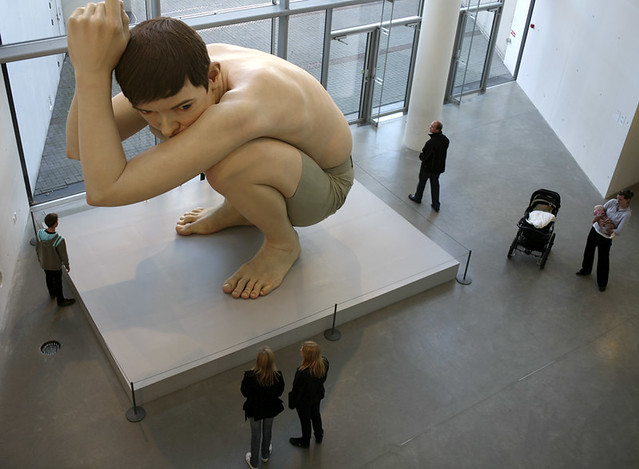THE MOST IMPORTANT DANISH PAINTING
The most important Danish painting
starts in the 18th century. As a consequence of the foundation of The
Royal Danish Academy of Fine Arts, which followed the European artistic
movement, a lot of Danish artists appeared. Landscape with Northern Light
of Jens
Juel is one of them:
Around the beginning of the 19th
century the Golden Age of Danish Painting emerged to form a Danish
own style. They were more realistic and they painted everyday scenes,
portraits.
A crucial figure was Christoffer Wilhelm Eckersberg, who
painted The Woman in front of a mirror.

Constantin Hansen
is also very interesting and important. He painted a scene of having company of
Danish artists in Rome. There is painted famous artists of that moment.
Late, in the end
of 19th century, modernism and expressionism began. The symbolism was very
important on the paintings, so sometimes is difficult to understand the meaning
of the picture because it has “secrets” to reveal. Vilhelm Hammershøi was considered an enigma in
his lifetime, now is remembered for his interior paintings. Like this one of a
young man reading.

Nowdays, the contemporany art is very different from anything made before. The meaning of the piece, sometimes, is more important than the way of explaining it. Mette Gitz is one of the contemporany Danish artists. Here it is a picture of one of her performances.

ARCHITECTURE IN COPENHAGEN
The large figure-eight-shaped building called 8TALLET (letf photo) - formerly known as BIG House – is located at the very tip of Ørestad South. There is a 1.5-kilometre-long path that runs around the entire perimeter of the building. It was build in 2010 by Bkarke Ingels. The building is designed to accommodate people at all stages of life: singles, couples and familes, young and old. More specifically, 8TALLET contains the following types of housing units: duplex townhouses with courtyards, apartments with balconies, penthouses with roof terraces and small, exclusive apartments. The commercial facilities are placed on the ground floor to let light into the residential facilities on top.


MOUNTAIN DWELLING (rigth photo) was constructed in 2008 by Bjarke Ingels. The building was made for modern people who wish to combine the splendours of the suburban backyard with the social intensity of urban density. The suburban style is further highlighted by the building's position on the site, with all terraces facing towards the old single-family housing district on Western Amager. Thus the view from the Mountain is of back gardens, DIY extensions and red and white flags waving from flagpoles. On the other side of the Mountain, the style is not suburban, but a futuristic urban scene featuring the elevated Metro tracks and new, contemporary residential properties in Ørestad City.
AMALIENBORG PLACE SQUARE , was constructed in 1760. The octagonal palace courtyard is the central square in the rococo quarter, Frederiksstaden. Amaliegade traverses the square like an axis oriented in one direction, Frederiksgade in the transverse direction. At the end of the axis lies Frederikskirken, or Marmorkirken (the Marble Church). The two streets intersect in the middle of the square, where an equestrian statue of the founder of Frederiksstaden, King Frederik V, is placed.
Charlotte Ammundsens Square was constructed in 2008 by the artist Beatrice Hansson. The square is divided into several areas: A classical 'Copenhagen square' with sett stone paving, a recessed ball court in black asphalt, a playground with black rubber surface and a white rocky landscape.The ball court and playground is recessed to the level of Søgade street and is terminated by a wide stairway up toward Nansensgade street. From the classical Copenhagen square one can look down over the ball court and the rocky landscape. The rocks can be used for climbing, biking and skating as well as sitting or lying.

DANISH SCULPTURE
Danish sculpture as a nationally recognized art form can be traced back to 1752 when Jacques Saly was commissioned to execute a statue of King Frederick V of Denmark on horseback. While Bertel Thorvaldsen was undoubtedly the country's most prominent contributor, many other players have produced fine work, especially in the areas of Neoclassicism, Realism, and in Historicism, the latter resulting from growing consciousness of a national identity. More recently, Danish sculpture has been inspired by European trends, especially those from Paris, including Surrealism and Modernism
.









No comments:
Post a Comment